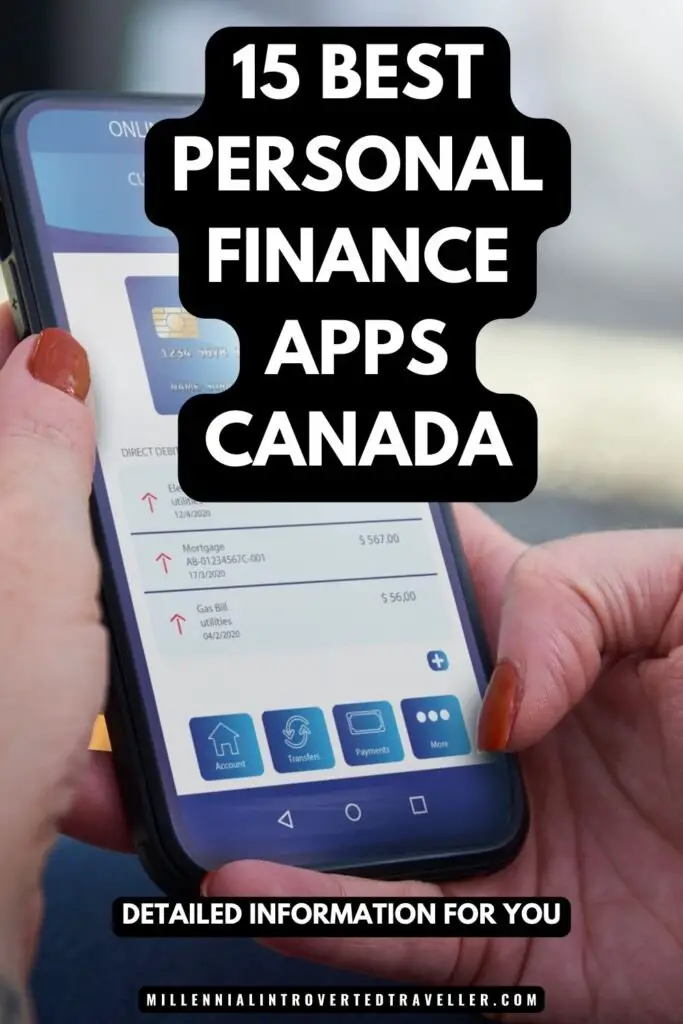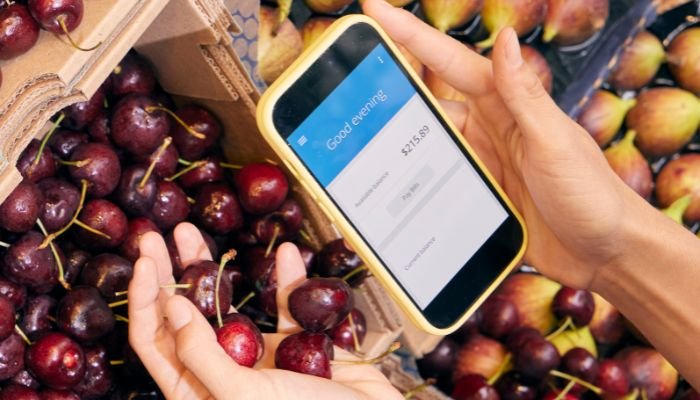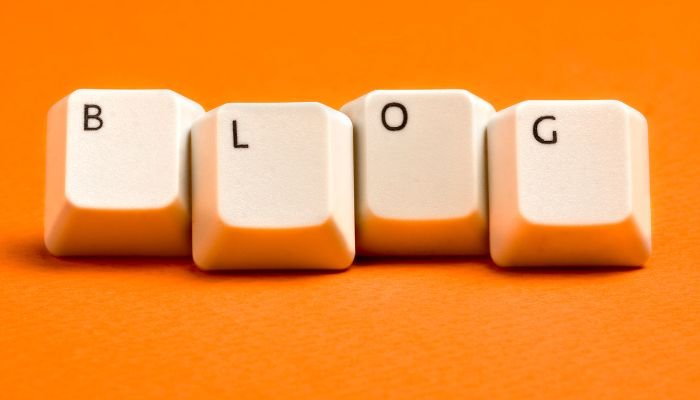Disclaimer: This post may contain affiliate links, meaning we get a small commission if you make a purchase through our link at no extra cost to you. For more information, please visit our Disclaimer Page.
As financial literacy becomes essential in the 21st century, Canadians are increasingly turning to technology to streamline money management.
From zero-based budgeting to micro-investing, there’s an app designed to bridge the gap between financial anxiety and empowerment.
Managing money isn’t always easy, but the best personal finance apps Canada can simplify the process.
These apps allow you to track spending, set budgets, and build savings without the hassle of spreadsheets.
This guide highlights the best personal finance apps in Canada.

Table showing 15 Best Personal Finance Apps Canada
| App Name | Cost | Key Features | Best For |
| You Need A Budget (YNAB) | 18.49CAD/month or 124.99/year | Zero-based budgeting, bank sync, debt tracking | Detail-oriented planners, over-spenders |
| KOHO | 0–19/month (tiered plans) | RoundUp savings, cashback rewards, credit-building | Hybrid banking/budgeting needs |
| PocketSmith | 9.99–39.95 USD/month | 30-year financial forecasts, net worth tracking | Long-term planners, forecast enthusiasts |
| Monarch Money | 14.99USD/month or 99/year | Collaborative budgeting, 11,000+ institution sync | Couples, holistic finance management |
| Insurdinary App | Free | Insurance rate comparisons, simplified budget planner | Insurance shoppers, basic expense trackers |
| Mydoh | $2.99/month per kid | Parent-controlled allowances, teen financial literacy | Families teaching kids money skills |
| Wally | Free or $47.99 one-time upgrade | Manual/auto transaction sync, currency conversion | Minimalists, frequent travelers |
| Goodbudget | Free (10 envelopes) or $8/month | Digital envelope system, shared household budgets | Envelope method fans, shared expense managers |
| TD Budgeting Tools | Free (TD clients only) | Automatic categorization, real-time bank sync | TD customers, casual budgeters |
| PocketGuard | 17.95CAD/month or 103.65/year | “In My Pocket” spendable cash tracker, bill reminders | Overwhelmed bill payers, visual learners |
| Debt Manager | Free | Debt snowball/avalanche tracking, payment scheduling | Debt-focused users, loan payoff strategists |
| Spending Tracker | Free | Manual expense logging, basic budget creation | Low-tech users, simplicity seekers |
| Moka | Free (+ investment fees) | RoundUp investing, cashback rewards | Passive savers, micro-investors |
| EveryDollar | Free or $12.99/month (premium) | Zero-based budgeting, Ramsey “Baby Steps” philosophy | Debt-averse users, manual budgeters |
| Hardbacon | Free or $9.99/month (premium) | Budget tracking, investment monitoring, bill negotiation | DIY investors, rate shoppers |
Pro Tip: Master the Art of App Stacking
Don’t limit yourself to one app. Use the table above to identify 2–3 complementary tools that address different financial needs. For example:
- Pair You Need A Budget (YNAB) (for strict budgeting) with Moka (for automated investing) to balance control with passive growth.
- Combine TD Budgeting Tools (for automated tracking) with Debt Manager (for focused payoff strategies) to tackle multiple goals.
Why This Works: Most apps excel in specific areas—budgeting, investing, debt management—but rarely do all three perfectly. By curating your own “stack,” you create a tailored system that evolves with your priorities.
1. You Need A Budget (YNAB)
Best For: Zero-Based Budgeting Enthusiasts
Cost: $18.49 CAD/month or $124.99/year
YNAB’s philosophy focuses on giving every dollar a purpose, eliminating vague spending habits.
By syncing with Canadian banks like RBC and TD, YNAB updates transactions in real time, allowing users to adjust allocations instantly.
Its debt tracking tools visualize progress, while detailed reports highlight trends, such as recurring subscription drains.
Why Choose YNAB?
- Ideal for breaking the paycheck-to-paycheck cycle.
- Free workshops and tutorials demystify budgeting principles.
- Shared budgets enable couples to collaborate on financial goals.
2. KOHO
Best For: Hybrid Banking and Budgeting
Cost: $0–$19/month (tiered plans)
KOHO combines a prepaid Visa card with intuitive budgeting features.
Its RoundUp tool saves spare change from purchases, while cashback rewards (up to 5% at select retailers) amplify savings.
The $19/month “Everything” plan includes credit-building tools and airport lounge access, appealing to frequent travelers.
Why Choose KOHO?
- No credit checks or overdraft fees.
- Instant spending notifications curb impulse buys.
- Ideal for rebuilding credit without traditional loans.
3. PocketSmith
Best For: Long-Term Financial Forecasting
Cost: $9.99–$39.95 USD/month
PocketSmith’s standout feature is its 30-year financial forecast, which models scenarios such as home purchases or retirement.
Users can link accounts from Canadian institutions like Scotiabank, track net worth, and grant read-only access to financial advisors.
Why Choose PocketSmith?
- “Calendar” view visualizes cash flow peaks and shortfalls.
- Customizable dashboards cater to investors and freelancers.
- Supports multi-currency tracking for expats.
4. Monarch Money
Best For: Holistic Financial Management
Cost: $14.99 USD/month or $99/year
Monarch consolidates data from over 11,000 institutions, including Canadian credit unions.
Its collaborative interface lets couples manage joint budgets, while investment tracking syncs with platforms like Questrade.
The app’s “Roadmap” feature prioritizes goals such as emergency funds or debt payoff.
Why Choose Monarch?
- Clean, ad-free interface reduces cognitive overload.
- Custom categories align with unique spending habits.
- 30-day free trial for risk-free exploration.
5. Insurdinary App
Best For: Insurance Comparisons
Cost: Free
Beyond basic budgeting, Insurdinary compares rates for life, auto, and home insurance across providers like Sonnet and TD Insurance.
Users input coverage needs to receive tailored quotes, simplifying policy optimization.
Why Choose Insurdinary?
- Saves hours of manual rate comparisons.
- No ads or premium paywalls.
- Ideal for freelancers managing multiple policies.
6. Mydoh
Best For: Family Financial Literacy
Cost: $2.99/month per child
Backed by RBC, Mydoh provides kids with a prepaid Visa card while parents control allowances and chores via the app.
Real-time spending alerts and educational content teach teens how to budget for essentials like school supplies or entertainment.
Why Choose Mydoh?
- Encourages open money conversations within families.
- Teaches delayed gratification through savings goals.
- Integrates with RBC accounts for seamless transfers.
7. Wally
Best For: Minimalist Budgeters
Cost: Free or $47.99 one-time (lifetime premium)
Wally’s strength lies in its simplicity. Users can manually log expenses or sync accounts for automated tracking.
The app’s currency converter supports over 200 currencies, making it ideal for digital nomads or frequent travelers.
Why Choose Wally?
- Ad-free experience even in the free version.
- Customizable PDF exports for tax preparation.
- “Insights” tab identifies recurring expenses.
8. Goodbudget
Best For: Envelope Budgeting Devotees
Cost: Free (10 envelopes) or $8/month (unlimited)
Goodbudget digitizes the cash envelope system, allocating funds to categories like groceries or utilities.
Shared envelopes allow roommates or families to track joint expenses, while detailed reports reveal spending patterns over time.
Why Choose Goodbudget?
- Encourages mindful spending with virtual limits.
- Syncs across unlimited devices for shared budgets.
- Free version sufficient for basic needs.
9. TD Budgeting Tools
Best For: TD Bank Customers
Cost: Free (TD clients only)
TD’s native tool auto-categorizes transactions from linked accounts, comparing spending against monthly budgets.
The “MySpend” app sends real-time purchase alerts, helping users avoid overdrafts.
Why Choose TD Tools?
- No third-party app security concerns.
- Preset categories align with common Canadian expenses.
- Integrates with TD investment accounts.
10. PocketGuard
Best For: Bill Management
Cost: C$7.95/month or C$103.65/year
PocketGuard’s “In My Pocket” feature calculates spendable cash after accounting for bills and goals.
Its bill negotiation service (premium only) can lower telecom or utility rates, saving users hundreds annually.
Why Choose PocketGuard?
- Color-coded pie charts simplify expense tracking.
- Identifies and cancels unused subscriptions.
- The free version includes basic budgeting.
11. Debt Manager
Best For: Accelerated Debt Repayment
Cost: Free
This app applies the debt avalanche or snowball method, prioritizing high-interest balances or small debts first.
Users schedule payments and track interest saved, with progress displayed via interactive charts.
Why Choose Debt Manager?
- No ads or upsells.
- Exports payment schedules to CSV for record-keeping.
- Compatible with Canadian student loans and credit cards.
12. Spending Tracker
Best For: Simplicity Seekers
Cost: Free
A no-frills app for manual entry, Spending Tracker lets users create custom categories and set monthly limits.
Its export feature converts data into spreadsheets for deeper analysis.
Why Choose Spending Tracker?
- No bank sync = enhanced privacy.
- Lightweight design avoids app lag.
- Ideal for cash-based budgeters.
13. Moka
Best For: Passive Micro-Investing
Cost: Free (+0.5%–0.9% annual management fees)
Moka rounds up purchases to the nearest dollar and invests the spare change into ETFs.
Users earn cashback at partners like Sobeys, which is reinvested automatically.
Why Choose Moka?
- $5 minimum to start investing.
- Automated deposits foster consistent saving.
- Portfolio rebalancing ensures optimal growth.
14. EveryDollar
Best For: Dave Ramsey followers
Cost: Free or $12.99/month (premium)
EveryDollar enforces Ramsey’s “baby steps” method, emphasizing debt-free living.
The premium version auto-imports transactions, while the free plan requires manual entry to heighten spending awareness.
Why Choose EveryDollar?
- Aligns with proven debt-reduction strategies.
- Syncs with Canadian banks like CIBC.
- Free version suitable for hands-on users.
15. Hardbacon
Best For: DIY Investors
Cost: Free or $9.99/month (premium)
Hardbacon tracks budgets, monitors Wealthsimple portfolios, and compares mortgage rates.
Premium users access bill negotiation services and personalized investment recommendations.
Why Choose Hardbacon?
- Aggregates data from multiple financial institutions.
- “Bacon Score” rates financial health and suggests improvements.
- Free plan includes basic investment tracking.
Choosing Your Financial Companion: A Strategic Approach
- Match Apps to Priorities:
- Debt reduction? Prioritize Debt Manager or YNAB.
- Family finance? Opt for Mydoh or Goodbudget.
- Passive investing? Explore Moka.
- Leverage Free Trials: Most premium apps offer 30-day trials—test drive before committing.
- Combine Tools: Pair PocketGuard for bills with Monarch Money for net worth tracking.
Conclusion
Canada’s personal finance app landscape offers solutions for every financial persona.
If you’re a meticulous planner drawn to YNAB or a passive saver leveraging Moka, these tools empower you to take control.
Start with one app that aligns with your most pressing goal, then gradually integrate others to build a robust financial ecosystem.
Take Action Today: Begin your journey with KOHO’s free plan or YNAB’s 34-day trial—your future self will thank you.
Got a favorite app we missed?
Let’s know in the comments.




